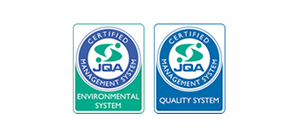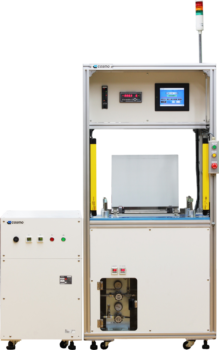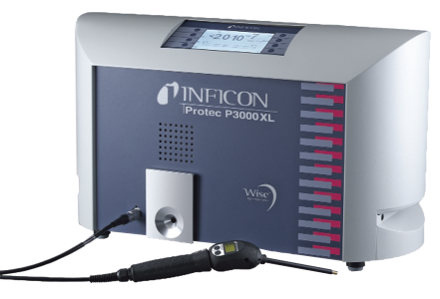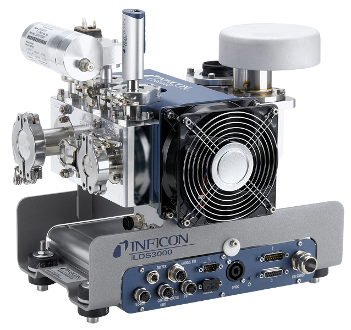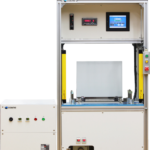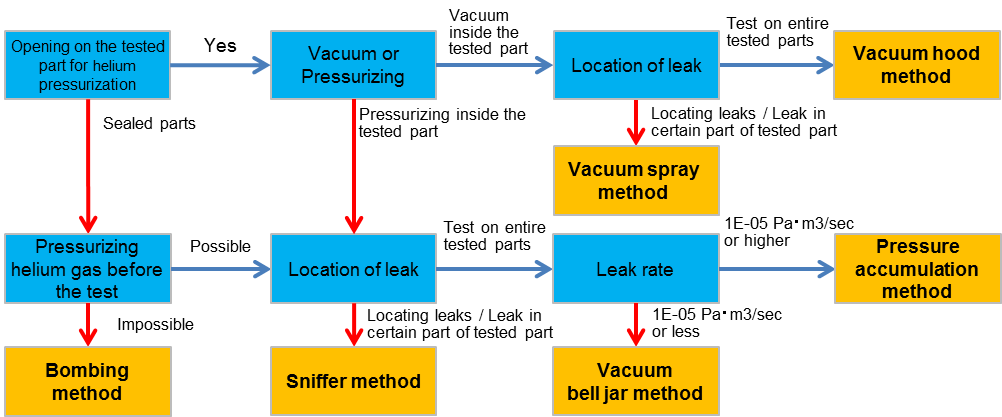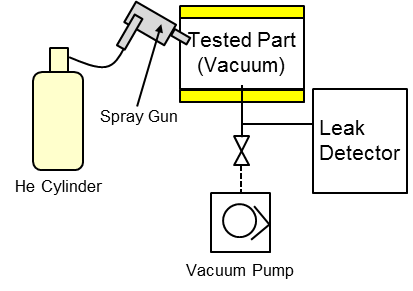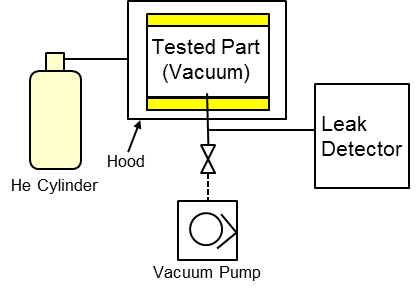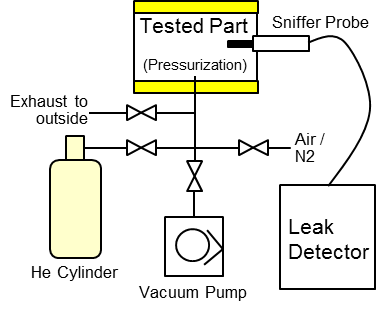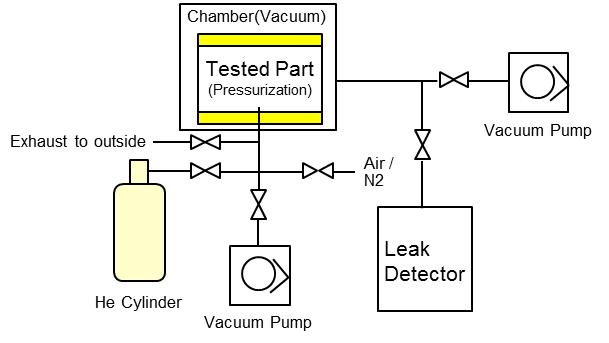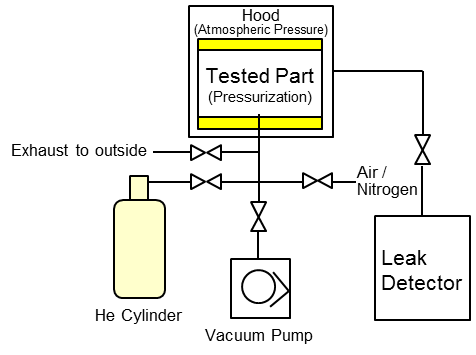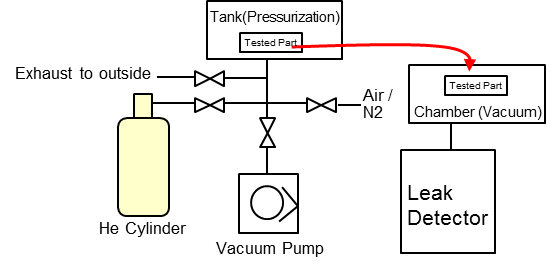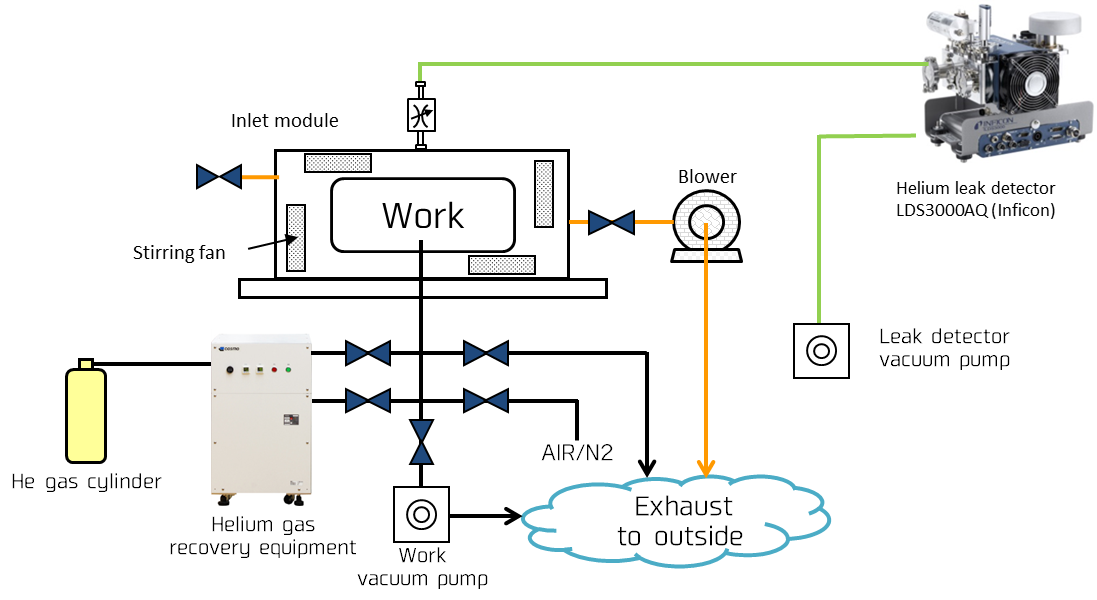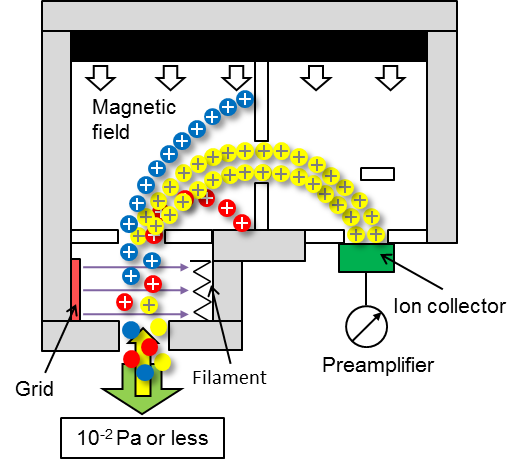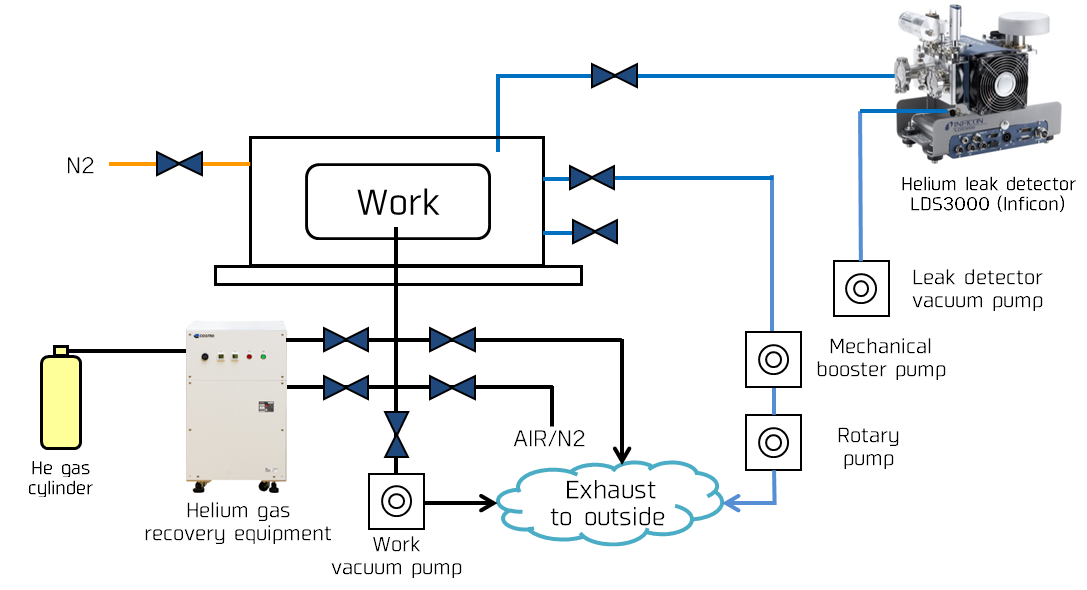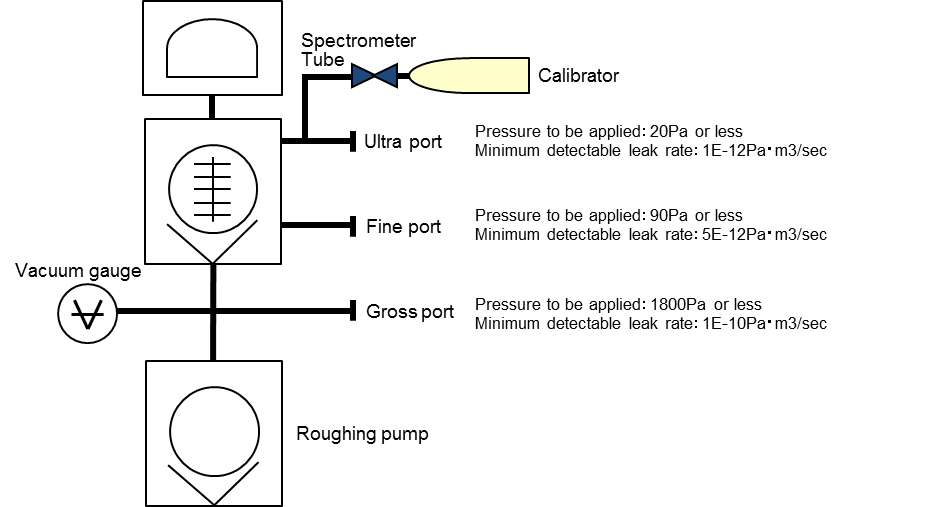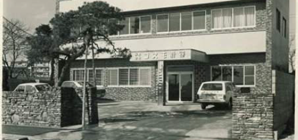


Helium Leak Test
Helium Leak Test
- DP air leak tester High-performance standard type LS-R902
- DP air leak tester High-performance standard type LS-R700
- Re-defining the standards in leak testing Multiple Air Leak Tester LS-1881/LU-80A
- DP Leak Tester Compact Type LS-1866
- DP air leak tester that switches between two circuits for test pressure LS-R912
- Super High Pressure Air Leak Tester LS-R740(SH)
- Air Leak Tester For Micro Volume Parts LS-R740 (SS)
- Air Leak Tester For Sealed Products LS-R740 (ZL)
- Air Leak Tester For Sealed Products LS-R740 (WL)
- Volumetric Air Leak Testers Desktop Type LZ-1550
- Volumetric Air Leak Testers Leak Testing System for Small Electronic Components LZ-3000
- Digital Manometer DM-3700
- DP gauge digital pressure gauge DP-340 / DP-340B / DP-340BA
- Differential Pressure Transducer Micro-low type PT-105A-A/High pressure-proof type PT-103B-A
- Differential Pressure Transducer High response differential pressure type PT-161A/PT-162A/ PT-162A
- Pressure transducer Gauge pressure type PT-141C / PT-142B-A
Using helium gas realizes detection of minute leaks
Why helium gas is used for leak test
・Only 5 ppm of helium gas exists in the atmosphere. It is less affected by the background of test environment
・Helium is safe inert gas without toxicity and explosiveness
・Because of its small molecule size, helium can penetrate through leaks easily
・It is almost not contained in the gas released from the tested part
Test method using helium gas
| Vacuum Methods Vacuuming inside the tested part ● Vacuum spray method ● Vacuum hood method |
Pressurization Methods Pressurizing inside of the tested part with helium gas ● Sniffer method ● Vacuum bell jar method ● Pressure accumulation method ● Bombing method |
How to select helium test method
Feature of each test methods
Helium gas mixer and helium gas recycle machine are available to reduce the running cost.
Please ask your nearest Cosmo office, if you are interested. We will provide the best solution, depending on the initial cost and running cost.
●Vacuum method
| Test Method | Detection Accuracy | Entire Part Test | Locating Leaks | Automation | Initial Cost | Running Cost | Maintenance Cost | Applicable Product |
| Vacuum Spray Method | 1E-09Pa・m3/sec or higher | × | ○ | △ | ○ | △ | △ | 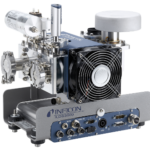 LDS3000 LDS3000 |
| Vacuum Hood Method | 1E-09Pa・m3/sec or higher | ○ | × | ○ | △ | △ | △ |
●Pressurization method
| Test Method | Detection Accuracy | Entire Part Test | Locating Leaks | Automation | Initial Cost | Running Cost | Maintenance Cost |
Applicable Product |
| Vacuum bell jar Method | 1E-07Pa・m3/sec or higher | ○ | × | ○ | × | × | × |  LDS3000 LDS3000 |
| Bombing Method | 1E-09Pa・m3/sec or higher | ○ | × | ○ | ○ | △ | × | |
| Sniffer Method |
1E-06Pa・m3/sec or higher | × | ○ | △ | ○ | × | △ | 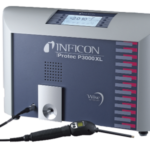 P3000(XL) P3000(XL) |
| Pressure Accumulation Method | 1E-05Pa・m3/sec or higher | ○ | × | ○ | △ | × | △ |  LDS3000AQ |
Details of Test Methods
Vacuum method
●Vacuum Spray method
Inside of the tested part is vacuum-evacuated and helium gas is sprayed from outside of the tested part by a spray gun.
Helium that leaks into the tested part is detected.
●Vacuum Hood method
Inside of the tested part which is covered by a hood is vacuum-evacuated.
Inside of the hood is pressurized with helium, and helium leaks into the tested part is detected.
Pressurization method
●Sniffer method
Inside of the tested part is vacuum-evacuated and pressurized with helium.
Helium that leaks to the outside of the tested part is detected by the sniffer probe.
●Vacuum bell jar method
Tested part is placed in a chamber. Inside of the tested part is vacuum-evacuated and then pressurized with helium.
Inside of the chamber is also vacuum-evacuated and helium that leaks into the chamber is detected.
● Pressure Accumulation method
Tested part is placed in a hood and inside of the tested part is vacuum-evacuated.
Then, the inside of it is pressurized with helium.
The helium that leaks into the hood is accumulated for a certain period to detect the helium (concentration)
● Bombing method
Tested part is placed in a bombing tank which is vacuum-evacuated for a certain period.
Tested part is bombed with helium for a certain period and then removed from the tank and placed in the chamber which is vacuum-evacuated.
Helium that leaks into the chamber from the tested part is detected.
Circuit Configuration of Pressure Accumulation Method
Helium Detector LDS3000AQ Circuit Configuration
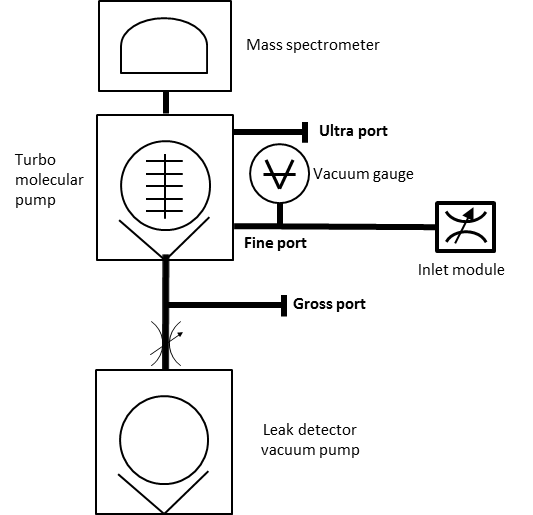 |
Principle of Helium Detection
180° Magnetic deflection mass spectrometer
1. The helium entering the LDS3000AQ reaches the mass spectrometer by the back-diffusion phenomenon by the turbo-molecular pump.
2. The molecules that have reached the mass spectrometer are converted into positive (+) ions by the electrons of the filament and move in one direction by the acceleration voltage.
3. The positive (+) ions separate into their orbits according to the mass of the gas (helium) when the positive (+) ions pass through the electric field.
4. Only the positive (+) ions of helium reach the ion collector and are converted into voltage signal and amplified for helium measurement.
Circuit Configuration of Vacuum Bell Jar Method
Helium Detector LDS3000 Circuit Configuration
Leak detector with valves to automatically select a port according to the pressure to be applied are available.
Feel free to contact Cosmo for more detailed information.
Principle of Helium Detection
180° Magnetic deflection mass spectrometer
1. The helium entering the LDS3000 reaches the mass spectrometer by the back-diffusion phenomenon by the turbo-molecular pump.
2. The molecules that have reached the mass spectrometer are converted into positive (+) ions by the electrons of the filament and move in one direction by the acceleration voltage.
3. The positive (+) ions separate into their orbits according to the mass of the gas (helium) when the positive (+) ions pass through the electric field.
4. Only the positive (+) ions of helium reach the ion collector and are converted into voltage signal and amplified for helium measurement.
PRODUCT LIST
Product List
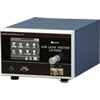
AIR LEAK TESTERS
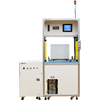
HELIUM/HYDROGEN LEAK TEST
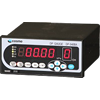
PRESSURE
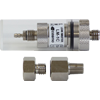
PERIPHERALS
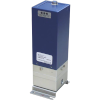
OTHERS
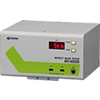
SOUND/VIBRATION ANALYSER

COSMO SUPER GEL
TEL : 042-642-1357 FAX : 042-646-2439






